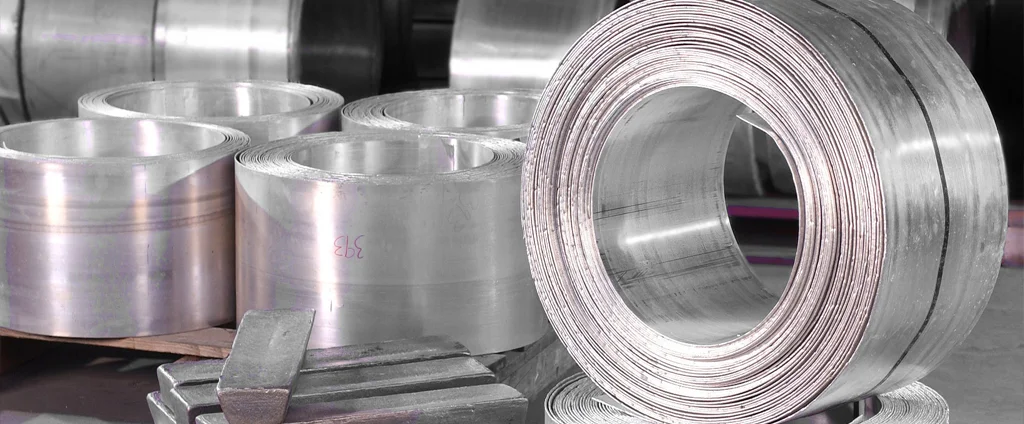Magnesium HM21A-T8 (UNS M13210)

HM21A-T8 is a precipitation-hardened magnesium alloy offering a superior balance of high strength, toughness, and corrosion resistance. Widely utilized across industries, it provides enhanced mechanical performance while maintaining lightweight properties, making it a preferred choice for advanced structural and engineering applications.
| Chemical Composition | ||
|---|---|---|
| Element | Min | Max |
| Magnesium | —— | Remainder |
| Manganese | 0.45% | 1.1% |
| Thorium | 1.5% | 2.5% |
The following table provides a list of magnesium HM21A-T8 properties in both SI and US customary/Imperial units.
Click on the button to switch between Metric and Imperial units.
| Physical Properties | Metric |
|---|---|
| Density | 1780 kg/m3 |
| Mechanical Properties | Metric |
| Tensile Strength (Ultimate) | 235 MPa |
| Tensile Strength (Yield) | 170 MPa |
| Compressive Strength (Yield) | 130 MPa |
| Bearing Strength (Ultimate) | 415 MPa |
| Bearing Strength (Yield) | 270 MPa |
| Shear Strength | 125 MPa |
| Young’s Modulus (E) | 45 GPa |
| Shear Modulus (G) | 17 GPa |
| Elongation at Break in 50 mm | 11% |
| Poisson’s Ratio (ν) | 0.35 |
| Machinability | 100% |
| Thermal Properties | Metric |
| Melting Point | 605 - 650 °C |
| Solidus | 605 °C |
| Liquidus | 650 °C |
| Specific Heat Capacity (Cp) | 1000 J/kg·K |
| Coefficient of Thermal Expansion (αL) | 26.8 1/°C |
| Heat of Fusion | 343 J/g |
| Electrical Properties | Metric |
| Electrical Resistivity | 5.00×10-6 Ω·cm |
The values in this table are approximate and can vary depending on various factors such as the specific manufacturing process and heat treatment applied to the alloy.
Advantages & Disadvantages of Magnesium HM21A-T8
| Advantages | Disadvantages |
|---|---|
| High strength | High cost |
| Good toughness | Low melting point |
| Good corrosion resistance | Poor weldability |
| Lightweight | Difficult to machine |
Applications of Magnesium HM21A-T8
HM21A-T8 serves a broad range of industries, providing key mechanical and corrosion-resistant properties for various demanding applications, including:
- Aerospace: Used in aircraft frames, engine components, and landing gear.
- Automotive: Applied in body panels, engine parts, and suspension components.
- Marine: Utilized for boat hulls, deck structures, and engine components.
